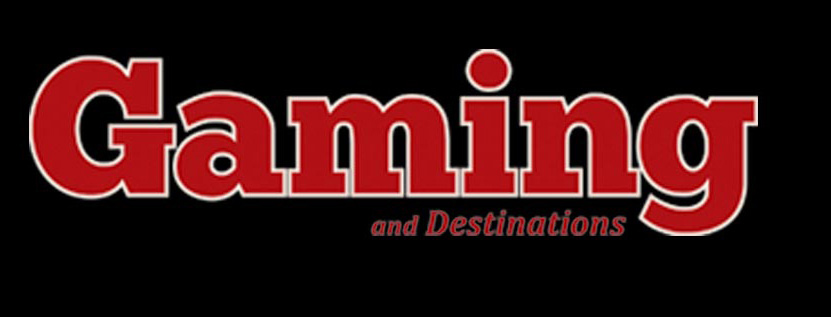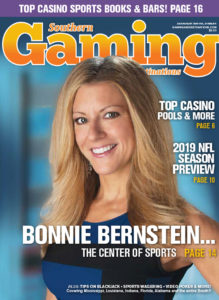Knowing how to play the top ten hands in Limit Hold â??em can mean the difference between winning and losing. In this column, 13-time World Series of Poker Champion Phil Hellmuth, Jr. offers some examples of correct play strategy. This is an excerpt from his best-selling book, Phil Hellmuthâ??s Texas Hold â??em available on Amazon.com and major bookstores everywhere.

Strategy for playing top ten hands after the flop can differ from hand to hand. The following examples have seven assumptions:
1. Youâ??re playing a $5-$10 game.
2. You have J-J (AKA Pocket Jacks)
3. Jim (a jackal) raises before the flop in the first position.
4. You re-raise making it three bets ($15) and are in third position.
5. Dumbo (an elephant) calls on the button.
6. Jerry (unclear profile) calls in the big blind.
7. Jim (the jackal) calls your raise.
The Flop Comes Down 10d-7d-4s
Jerry checks and Jim bets out $5. This is a good flop for you because there are no overcards (Q-K-A) to your jacks that would create an opponent having a higher pair. This means there is an excellent chance that you still have the best hand. Clearly, a raise is in order here. You raise because you probably have the best hand at this point, but are still vulnerable to overcards coming out. So you want to drive out a hand like Q-K. Your raise might also drive out someone with something like 5-5 who would otherwise call for a cheap $5 and perhaps end up beating you because he hit a five on the next card or a six and then a three to make a straight. In other words, right now your raise is about protecting your hand from losing by driving out opponents who are trailing you now, but have reasonable chances of beating you on the turn or the river. Your raise makes it too expensive for players facing weak draws to stay in the hand.
The Flop Comes Down Ad-10s-4d
Jerry bets out and Jim calls. Now what do you do? A raise at this point is also a great idea. Clearly you cannot fold right here because the pot is fairly large and you may still have the best hand. You already know that you probably have Jim beat because he is a jackal who always raises with any kind of hand and he didnâ??t raise Jerryâ??s $5 bet. Assuming that you raise, if Jerry re-raises you here, he probably has you beat, but itâ??s not a certainty. He could have a hand like a pair-and-flush draw such as 10d-Qd, or a straight-and-flush draw hand like Qd-Kd. You should call his re-raise on the flop, since it is only $5 more to you, and you want to see what he does after the next card. If Jerry then bets out after the next card where the bets are double for a $10 bet, then it is time for a decision. Does he have a drawing hand that you can beat like A-Q for a pair of aces that beats you? Did the flush cards or king or queen hit the board on the turn? Note also that if the jack hits on the turn, it would appear to be a great card for you, but it could also present some danger if it is a jack of diamonds or if someone had K-Q and now has a straight. If a blank card comes up like a 6c and Jerry checks his hand to you, you have to ask why has he checked? It is probably because your raise on the flop scared him off betting the 6c and you accomplished your mission. If he does bet after the blank, then you need to watch the way he makes the bet (look for body language showing confidence or fear) and make a decision. On fourth street, after the fourth card is turned, if something tells you that Jerry is bluffing, then call. If not, then fold.
In the end, trust your instincts and you will find they will keep improving as you continue to play Hold â??em. Your ability to read others will also improve. The best time to improve these skills is after you have folded. Study the players at the table for information that will come in handy later!
About the author: Phil Hellmuth, Jr. the is a 13-time World Series of Poker Champion, leading all other players in the world. He is the author of two New York Times best sellers, and his latest book, Deal Me In, is also widely popular. Visit PhilHellmuth.com to check out his latest blog, clothing line and exclusive poker tips and stories from the felt. This tip column is an excerpt from his best selling book ‘Phil Hellmuth’s Texas Hold ’em’ found on Amaxon and in bookstores everywhere.





